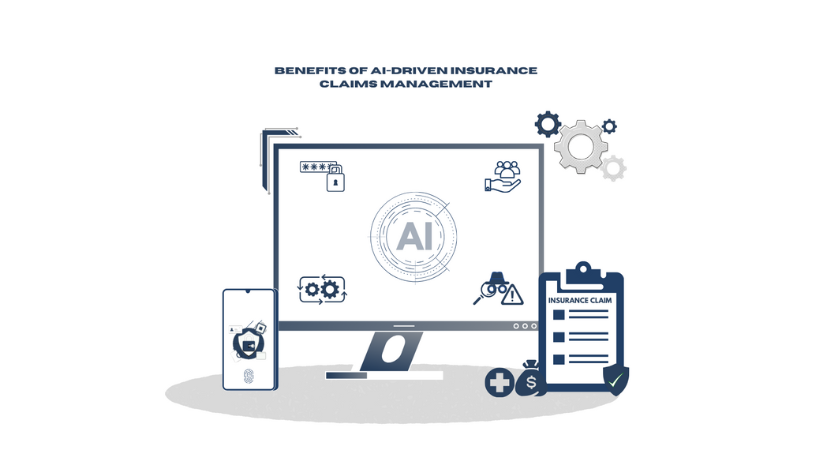Can We Manage Insurance Processes Through Algorithms?
In today’s fast-paced digital world, industries across the spectrum are leveraging technology to streamline operations, enhance customer experiences, and drive efficiency. One sector where this transformation is particularly impactful is insurance. Traditionally known for its complex and often cumbersome processes, the insurance industry is undergoing a significant overhaul, largely driven by the integration of algorithms and advanced technologies. But can we truly manage insurance processes through algorithms? Let’s explore this intriguing question.
The Role of Algorithms in Insurance
Algorithms, essentially a set of rules or instructions followed by a computer, have the potential to revolutionize the way insurance companies operate. From underwriting and claims processing to risk assessment and fraud detection, algorithms are being deployed to tackle various facets of insurance management. Here’s a closer look at how they are making a difference:
1. Risk Assessment and Underwriting
One of the primary areas where algorithms are making a significant impact is in risk assessment. Traditionally, underwriting has relied heavily on human judgment and historical data. However, algorithms can analyze vast datasets to identify patterns and trends that might not be immediately apparent to human underwriters. By incorporating machine learning models, insurers can predict potential risks with greater accuracy, leading to more precise premium pricing and improved risk management.
2. Claims Processing
Claims processing is often a bottleneck in the insurance lifecycle, known for its complexity and potential for delays. Algorithms can automate much of this process, from initial claim submission to final settlement. By using natural language processing and image recognition, algorithms can quickly assess the validity of claims, flag inconsistencies, and even suggest settlement amounts. This not only speeds up the process but also reduces the chances of human error.
3. Fraud Detection
Insurance fraud is a persistent challenge that costs the industry billions of dollars annually. Algorithms, particularly those powered by artificial intelligence and machine learning, are adept at identifying fraudulent activities. By continuously analyzing data from various sources, algorithms can detect anomalies and flag suspicious claims for further investigation. This proactive approach helps insurers mitigate losses and maintain the integrity of their operations.
4. Customer Experience
In the age of digital transformation, customer expectations are higher than ever. Algorithms play a crucial role in enhancing customer experience by personalizing interactions and providing timely support. Chatbots and virtual assistants powered by algorithms can handle routine inquiries, guide customers through policy selection, and offer real-time assistance during claims processing. This not only improves customer satisfaction but also frees up human resources for more complex tasks.
Challenges and Considerations
While the benefits of managing insurance processes through algorithms are substantial, there are also challenges to consider. Data privacy and security are paramount, as insurers deal with sensitive personal information. Ensuring compliance with regulations and maintaining transparency in algorithmic decision-making are critical to building trust with customers. Moreover, there is a need for ongoing monitoring and updating of algorithms to account for changes in data patterns and regulatory landscapes.
Conclusion
The integration of algorithms into insurance processes is not just a possibility; it is an evolving reality that holds immense promise for the industry. By automating routine tasks, enhancing risk assessment, and improving customer interactions, algorithms can drive efficiency and innovation. However, insurers must approach this transformation with a balanced perspective, addressing the challenges and ensuring ethical use of technology. As we continue to advance in the digital age, the role of algorithms in insurance will only grow, paving the way for a more streamlined, customer-centric industry.
In conclusion, while managing insurance processes through algorithms is not without its challenges, the potential benefits are significant. Embracing this technological evolution could redefine how insurance companies operate, ultimately offering better services to their customers while optimizing their own operations.
